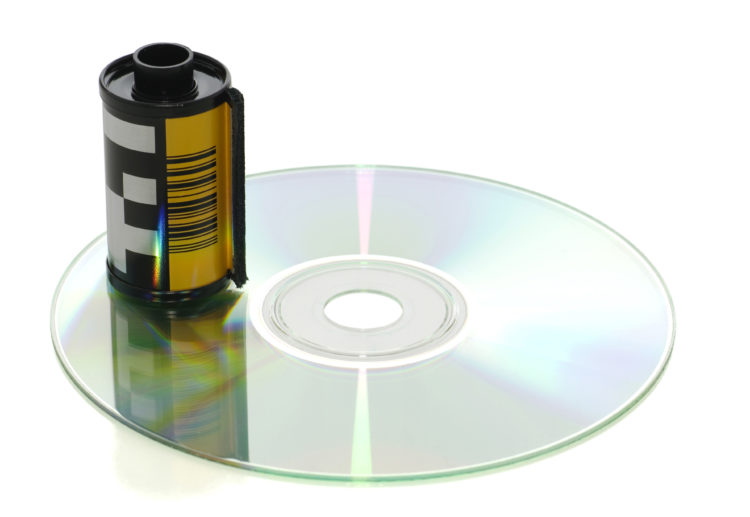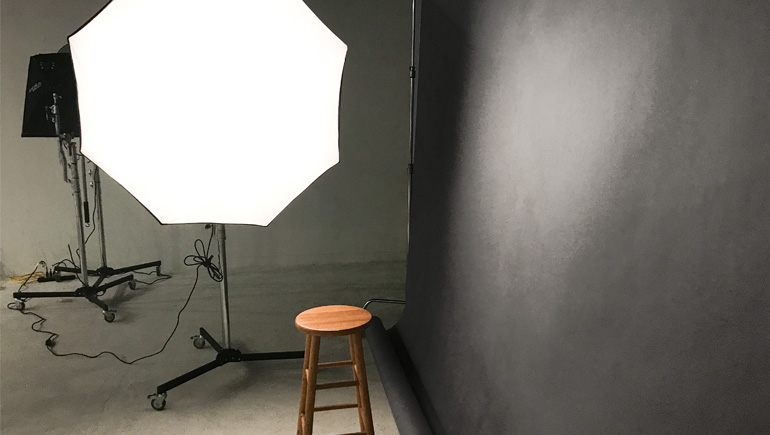
Happy Monday, everybody. I’m going to tackle a question I get asked a lot while out on my seminar tour, and even though it sounds like a simple one, I think it’s an important one. The question is along these lines:
Q. I’ve heard that hard drives die after a certain amount of time, and so do CDs, and DVDs, and optical drives, and all the stuff we backup our photos onto. I’m not sure there’s any storage media that lasts even for 10 years. What about uploading them to someone else’s digital storage like Google photos? Are they always going to be around? What if Google goes out of business, or somebody buys them? I stilll remember what happened to Kodak (and Kodak Photo CDs in particular). What do you recommend for protecting our most precious photos?
A. First, I agree — I don’t know of a single storage media that I would trust more than just a few years at best without replacing it entirely, and adding a 2nd backup copy, and even then I wouldn’t trust them 100% (same goes for any online backup solution. It feels like they’re just one major internet hack away from being wiped out). All that being said, there is one method that has stood the test of time and I can’t recommend enough (for a myriad of reasons beyond protection), and that is making prints. Simply making prints nearly guarantees that your images will last, probably at least 100 years, if not more.
I have photos from when my parents were kids, and from when my brother and I were babies, and the only reason I have them today is that my parents made prints back in the day and literally stuck them in a shoebox. Say what you want about that method, but it worked, and the only reason why many of us even have those historical images of our family is that our parents did that simple act of printing and storing them in a dumb ol’ box. Wasn’t that dumb after all.
This begs the follow-up question: What are you doing to preserve the visual history of your family?
If you did nothing but upload the images on your cell phone to MPIX or Bay Photo Lab or even Costco for gosh sakes, and you made a bunch of 4×6 prints when they were on sale cheap, and you took ’em and put them in a waterproof/fireproof box you get at Staples, you’d almost be ensuring that your most precious photos would live on for many, many years after you’re gone (and your heirs could actually find them and have access to them).
This is important stuff. I hope that gets you to thinking this morning.
Have a great Monday, everybody!
-Scott
P.S. If you’re a Lightroom user, check out my post today on over LightroomKillerTips.com about edge-to-edge borderless printing in Lightroom.





So prints made when we where kids where most likely silver (wet process) and prints now are mostly inkjet, is there differences in their longevity?
Yes, depending on the processing of the silver prints and the quality of the inkjet prints. I have seen both fade and both last. Also, I have CDs that are over 20 years old with images on them that work just fine. Mostly Kodak Photo CDs. There are just zero’s and ones so they either work or they don’t, no fading. I guess we’ll just have to wait and see if Epsons 200 year longevity claim pans out. Well our Great Great grand children will see ;)
Excellant point. The prints in a shoebox (even though that shoe box is probably acidic) were kept out of the light and stayed relatively intact.Buy some good boxes that are of archival quality and stash them away.
I’ve also heard that the basement or attic of your house are the two worst places to store things. Too much heat or humidity is bad for your prints or film.
Amen and amen. Add some text with those prints to identify people and places, etc. (dare I say: hand-written on the back with a photo-safe pen?), and the precious photos become priceless.